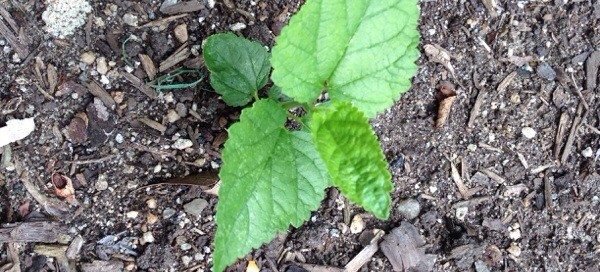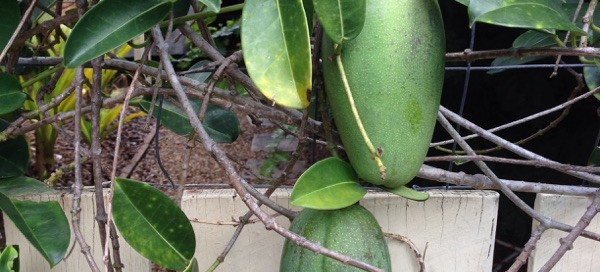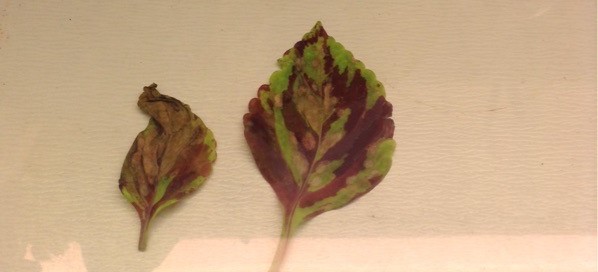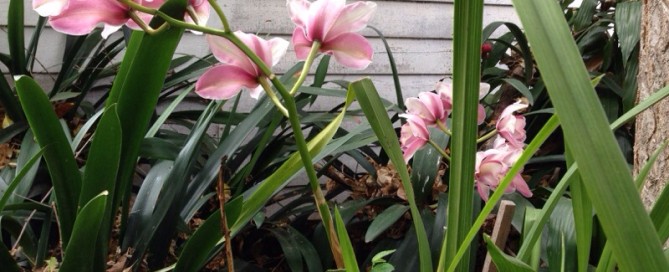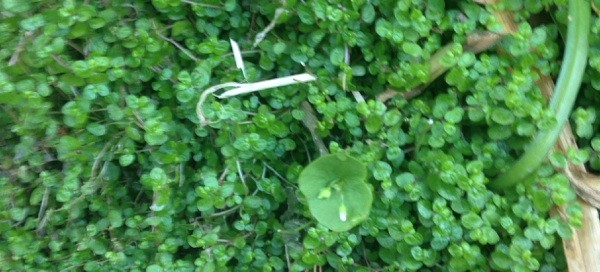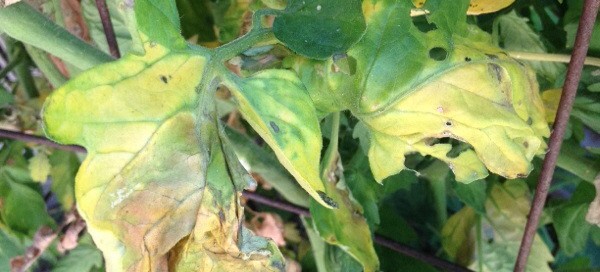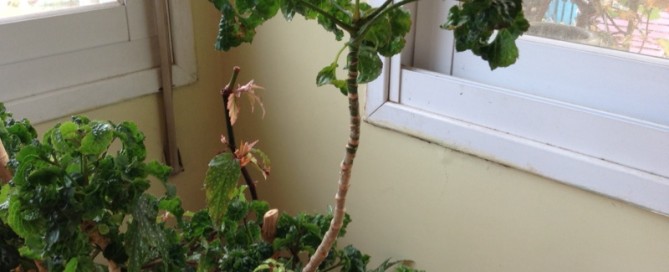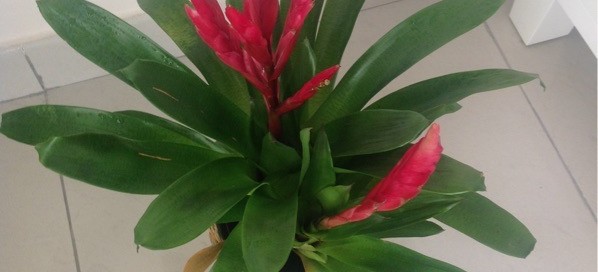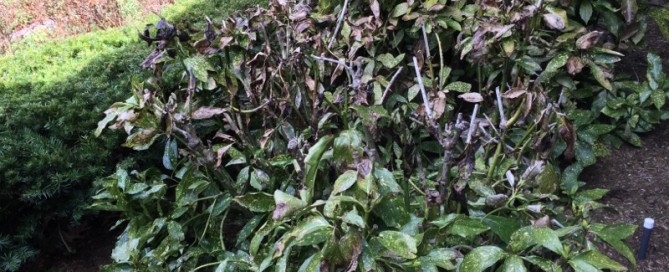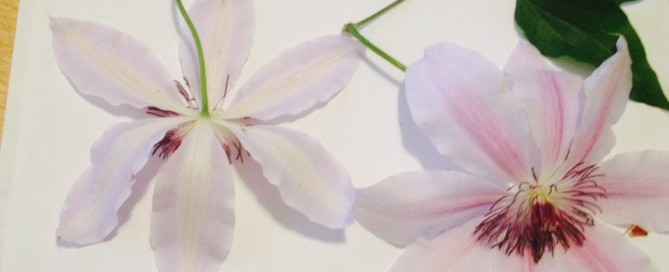Weed Or Wildflower
There is a fine line between a native wildflower/plant or an offspring of a cultivated plant and a weed. If it appeared suddenly amidst your cultivated plants, the chances are good that it is a weed/wildflower. There are many different weeds/wildflowers, but if it is not competing with your established plants, then leave it be if you like it. And if it is competing, then pull it out before it gets established, especially if the seed heads are allowed to mature and disperse. If you did not plant it, chances are good that it has been planted by the wind or a bird and will soon compete with your cultivated plants. Suggest you show your photo and some of the clippings to a local garden center/nursery to see if they can identify further for you.
